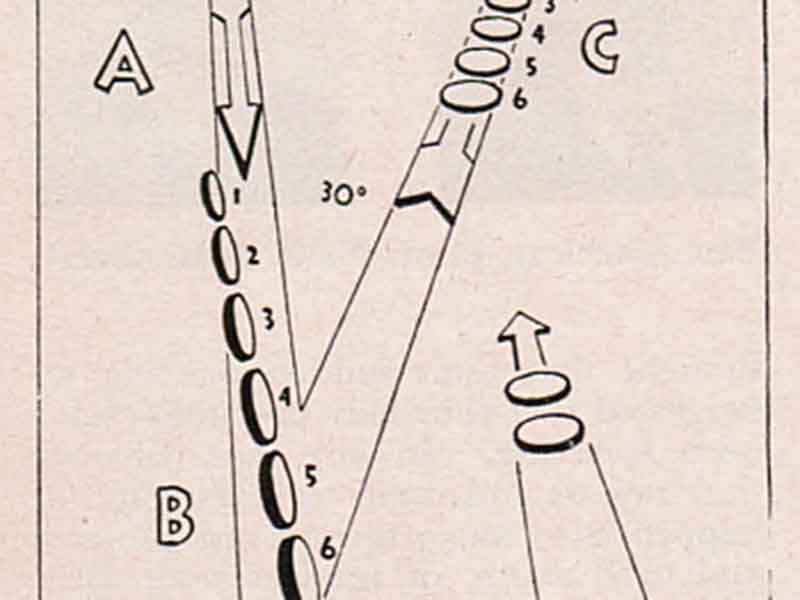Haneda Air Base UFO Incident
At 11:30 PM on the 5th of August 1952, multiple U.S. airmen working at the Haneda Air Base observed a bright object for approximately 50 minutes. The object also appeared in on-the-ground and plane-based radar signatures.
On the night of August 5, 1952, Airman Third Class Lloyd West and Airmen First Class Walter Gutowski were walking towards the Haneda Air Force Base control tower when they observed an "exceptionally bright light in the sky to the NE of Haneda Air Force Base.[1]
As they reported for duty, they alerted Airman Second Class Walker Jackson and Airman Third Class George LeGasse to the presence of the object, which they had not observed until this point. Together, they watched the circular object through 7x50 binoculars for 50-60 minutes.
During this time, the object "faded twice to the East, then returned."[1] They observed that the brilliant light was a portion of a larger round dark shape "which was about four times the diameter of the light."[1]. They also noted that, as it drew closer, they could discern that a "smaller, less-brilliant light could be seen at the lower left-hand edge, with two or three more dim lights running in a curved line along the rest of lower edge of the dark shape."[1]
The object appeared on radar, and an F-94 jet was scrambled to attempt an intercept, but it did not make visual contact. A C-54 airplane that was entering Haneda air traffic area was notified of the object, and the pilot replied that "it looked like a brilliant star and dismissed the sighting as such."[1]
Project Blue Book studied this incident and classified it into the category of "unknown." Major Dewey Fournet had a difference of opinion and stated that the movement and behavior of the unidentified object suggested potential other-worldly origins.
The Colorado Project, a later UFO study project conducted by the U.S. Air Force, concluded that the radar signatures were caused by "false radar echoes caused by a temperature inversion layer" and that bright lights could be attributed to a star.
Professor James McDonald also assessed this incident and [expressed doubt in the conclusions].(http://www.nicap.org/reports/520805haneda_rep3.htm) of the Colorado Project's mundane explanations.




















